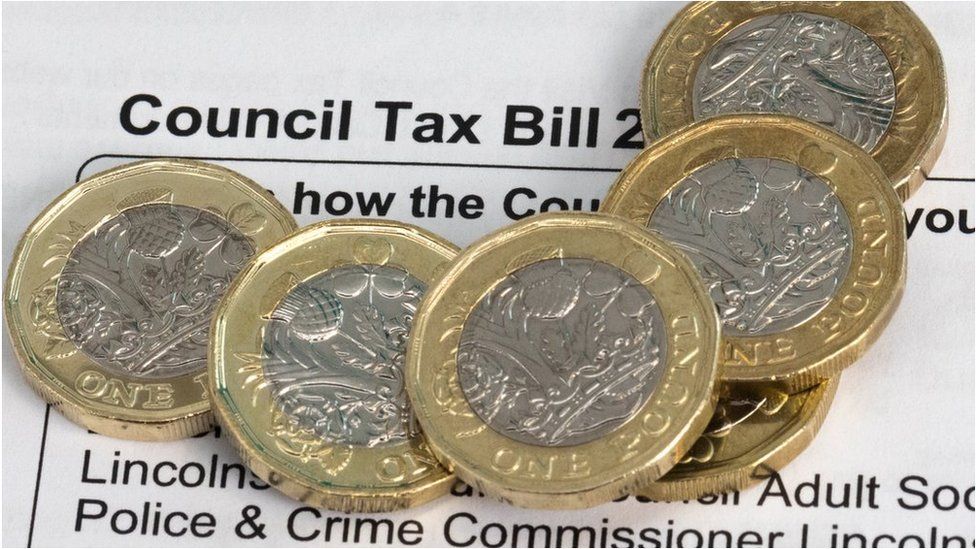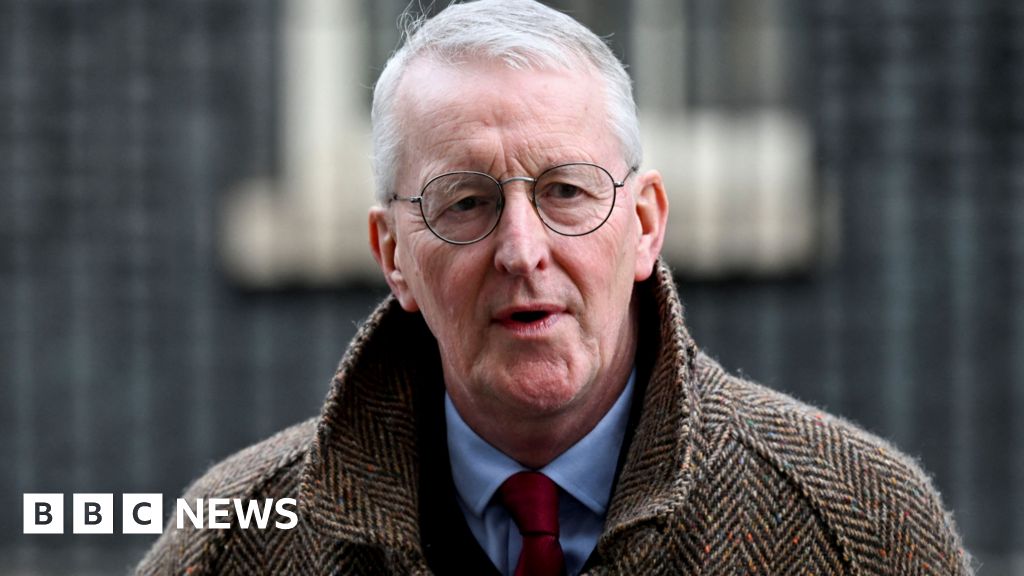ARTICLE AD BOX
 Image source, Getty Images
Image source, Getty Images
By Anthony Reuben
BBC News
At Prime Minister's Questions, Rishi Sunak described Labour as "a party that stands for higher council tax".
Earlier in the day, Security Minister Tom Tugendhat told BBC News: "[Council] tax in Labour areas... is about £80 more than in Conservative areas".
But Labour is running a tweet in which it claims: "Conservative councils already charge £345 more than Labour ones."
They are talking about council tax rates in England, where many areas are holding elections in May 2023. There are also elections due in Northern Ireland, but they have a separate domestic rating system, not council tax.
It is very difficult to say, as other organisations have concluded in the past.
There are several questions to answer if you try to do this sort of calculation, which have considerable impact on the answer.
Which councils are you including?
The first question is whether you are only including councils in which one party has an overall majority.
Many councils do not, in which case sometimes one party will try to run it with a minority administration and sometimes there will be a coalition.
We asked the Conservatives about their calculation and they told us they were only looking at councils with an overall majority that are up for election in May 2023.
We asked Labour for their methodology and they did not get back to us. But they told the Telegraph that if the Conservatives had looked at all council areas then Labour would have turned out to be cheaper.
In that article, the Conservatives also claimed that Tory-run councils charge £21 less than ones run by the Liberal Democrats. We asked the Liberal Democrats to comment and they told us: "Liberal Democrats have long called for more powers and funding for local authorities, yet year after year, out-of-touch Conservative ministers have slashed budgets and left people with no choice but to raise council tax."
Which bills are you comparing?
The Conservatives are comparing the bills paid by people living in a Band D property.
In England, bands are based on the value of a property in April 1991 - the higher the value the higher the band and so the higher the council tax.
The Band D comparison for a household with two adults is widely used as a way of comparing what people in similar circumstances across different areas are paying.
But it is not a typical bill because that would be affected by the housing stock in an area, for example.
To take that into account, some people instead compare the average bill per household.
What about different types of councils?
There are different types of councils: town or parish councils, district councils, county councils and unitary authorities. It is important to compare like with like.
The Conservatives have averaged the taxes across these tiers.
But there are considerable difficulties in this.
Consider, for example, someone living in St Albans.
For every £1 they pay in council tax:
- 77p goes to Hertfordshire County Council, which has a Conservative majority
- 9p goes to St Albans City and District Council, which has a Liberal Democrat majority
- 11p goes to the Hertfordshire Police and Crime Commissioner, who is a Conservative
- 3p goes to parish councils, which are not necessarily political.
So, in this case, while the majority of the charges on the council tax bill will have been set by Conservatives on the county council, some will also have been set by Liberal Democrats on the district council.
Some parts of a council tax bill may also go to fund adult social care or a mayor, for example, and crucially they may be set by members of a different party to the one that sets your main council tax.
So how do you allocate these parts of the bill?
The decisions you take about any of these questions can make a big difference to the answer, which means you cannot say definitively which party has the cheapest council tax.

 1 year ago
18
1 year ago
18








 English (US) ·
English (US) ·